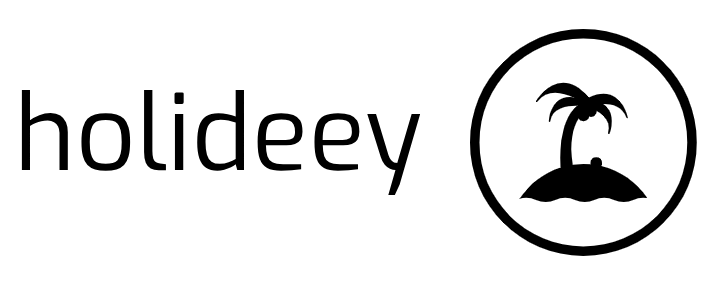Sample Format For a Creative Design Brief
 Your Message
Your Message
What is your key primary message within the design project? If you have more than one message be clear to the graphic designer or web developer which is the primary message. It can be a good idea to list the ‘selling points’ of your message to the designer (e.g. this product is unique because of the following five reasons etc)… Sales materials, websites, direct mail, e-marketing etc… are far more successful if they have a clear-cut message which your designer or developer can expand on and magnify.
Your Product or Service
Provide all the details the graphic designer or web developer will need about the subject, such as dates, times, places etc… for your product catalogue, sales brochure or e-commerce website etc… Try to have this finalised before briefing the designer to avoid late changes.
Design Style
Give the designer a steer on a style you are looking for. This is especially important if you don’t have sample sales and information literature to show. It is important to specify if you wish a graphic design / photography / illustration based product from the outset. If you require photography to be taken, or stock photography to be sourced for the product you need to clearly specify this in the initial design brief. If you are supplying photographs ensure they are from a royalty-free database and are for use for commercial purposes.
Your design company or web agency will be able to show you some samples of their previous brochure, leaflet or website designs, and you may gain some inspiration from these. Collect literature and digital design samples that you like so you can clearly show the designer or developer what you do or don’t like from the outset, this avoids redesigns and extra expense and time.
Format
Provide a note of the size and format you wish the product to be. Be specific on measurements. Be specific on how many pages or where a flier is to be folded. For brochure design, sales literature, fliers and direct mail let your designer know any ideas that you have. They will also be able to guide you as to the cost and practical implications of different formats. For web design briefs, your web development agency will give you plenty of information on formats, size etc… but again, it’s useful to provide a couple of samples you have come across which may help.
Budget
Specify the budget and be clear as to what it should cover. For example state clearly how many stages of design proofs you would like to receive, and how these should be supplied to you (electronic only or paper etc). If you can only receive jpegs or pdfs, state this is how the product should be supplied to you. If your budget does not include printing or distribution make sure this is outlined in the brief.
For print design, consider the cost implications of different formats.
For a website design budget, make sure you include some room for domains, hosting, design, build, and optimisation. (A good design agency or digital marketing company will include a base level of search engine optimisation within the initial build costs so that your site can at least be located on the internet!)
Presentation
How and when do you want the presentations of design concepts to be done. Be specific (e.g. by Powerpoint with hardcopies, via email using pdfs?)
Timescales
When do you want the completed design work? If the designers are not doing your printing/production, ensure you have built in time for the other suppliers to have your product ready by your required deadline.

